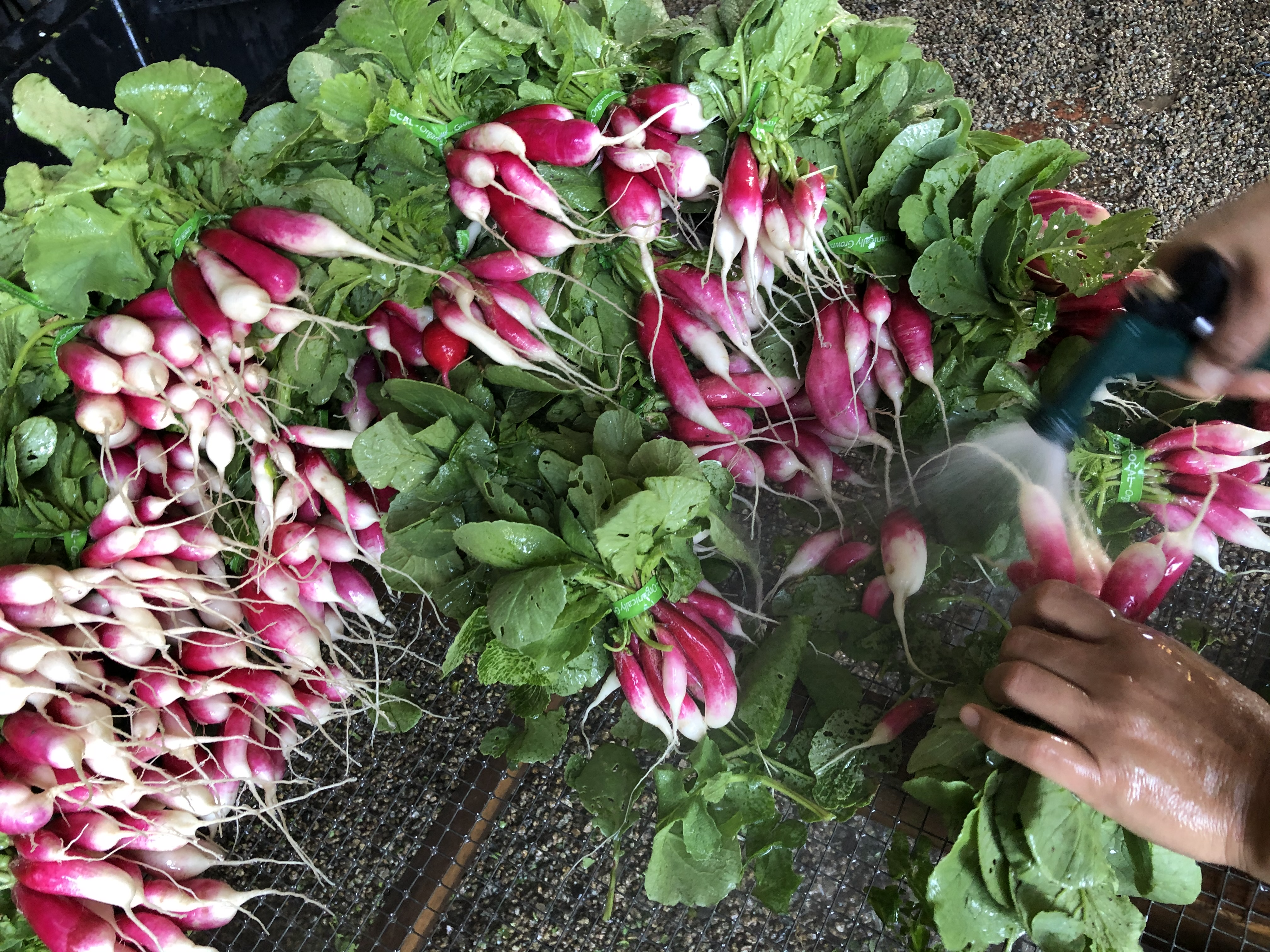Our newest initiative, the Alice Waters Institute (AWI) is accelerating the transition to a regenerative-organic food system through School Supported Agriculture.
The Big Idea: School Supported Agriculture
"What if schools and universities purchased food in season and directly from local, regenerative-organic farmers and ranchers who take care of the land and their farm workers? Local school systems would become reliable regional buyers who could support their local economies. In turn, students would be nourished with fresh local food and the essential values of stewardship would come right through the cafeteria doors. Rural communities would be revitalized, and the urgent issues of climate and student health would be addressed. The power of procurement could transform agriculture, health, and climate overnight."– Alice Waters





